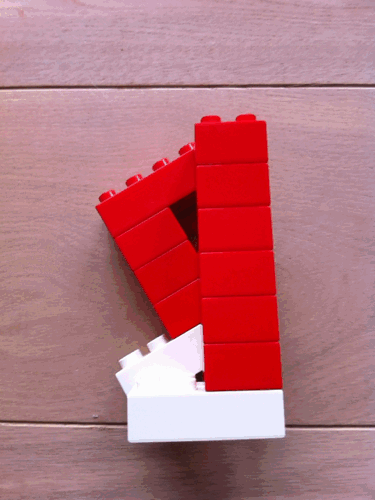The animated .gif maker for your iPhone






Context
Remember 2010? Before auto play videos decorated every social media feed, before Vine, before Giphy put a gif search engine in all your messaging apps, Instagram was on v1, Tumblr was so hot within creative communities that they couldn't keep their servers up and Apple was still in love with skeuomorphism.
Introduction
Hungry for a new challenge, Dan and I decided to build an iOS app. This was the year photo apps took off so the idea of a stop motion .gif camera came by naturally to two animation nerds. We named it GIF SHOP.
The screencaps below are from v2 which we launched a year later after the iPhone 5 introduced the taller screen.
500 KB
500 KB was the .gif file size limit Tumblr would host and trying to upload a larger file would convert the animation to a static .jpg with no warning. This was the best case scenario as all other social platforms were outright hostile toward animated .gifs at the time. In this context it became necessary to offer a file hosting service and integrate with every social platform to make sharing as seamless as possible.
Looking ahead
GIF SHOP was featured numerous times on the App Store, voted Wired Magazine Editor’s Pick, FWA Mobile app of the day, Gizmodo app of the day and more.
I learned a lot about what I find meaningful in a project. I learned code rot is a real thing on platforms we have no control over that change every year with disregard for backward compatibility. Above all I learned running a service is a big responsibility.
But what strikes me as fundamentally valuable about the whole project are the creative artifacts left behind. For every 100 animated selfies there is a truly impressive animation that otherwise may not exist. It is humbling to look back over all the animations I've collected and to realize some artists have what amounts to entire bodies of work created with GIF SHOP. Perhaps, as this sinks in, the best is yet to come from this project.
Thanks for all the .gifs!
